Barbie’s fashion and furniture has changed considerably since the mid twentieth century. Barbie’s Dream House 1962 (illustrated) exhibited in ‘California Design 1930–1965: Living in a Modern Way’ in 2013, epitomised the modern Californian design that led to the manufacture of innovative and creative toys for children, providing children with the perfect modern space in which to act out their dreams of the future.
You may not expect furniture designers Charles Eames (Charles Eames, Jr) and Ray Eames (Ray-Bernice Eames) and toy creator Mattel Inc to have much in common, and yet both were interested in design for children and began making products in Los Angeles, California, during the mid twentieth century. Their works reflect the modern aesthetic and cutting-edge design that were emerging from the state at the time. From the mid twentieth century on, ‘the aesthetic, material, and technical innovations in design for children were remarkable, closely paralleling, and at times directly influencing, other areas of visual culture’.1
Charles Eames, Ray Eames ‘ESU (Eames storage unit)’ c. 1949

Buff, Straub & Hensman 1955–61 ‘Recreation pavilion, Mirman House, Arcadia’ 1958
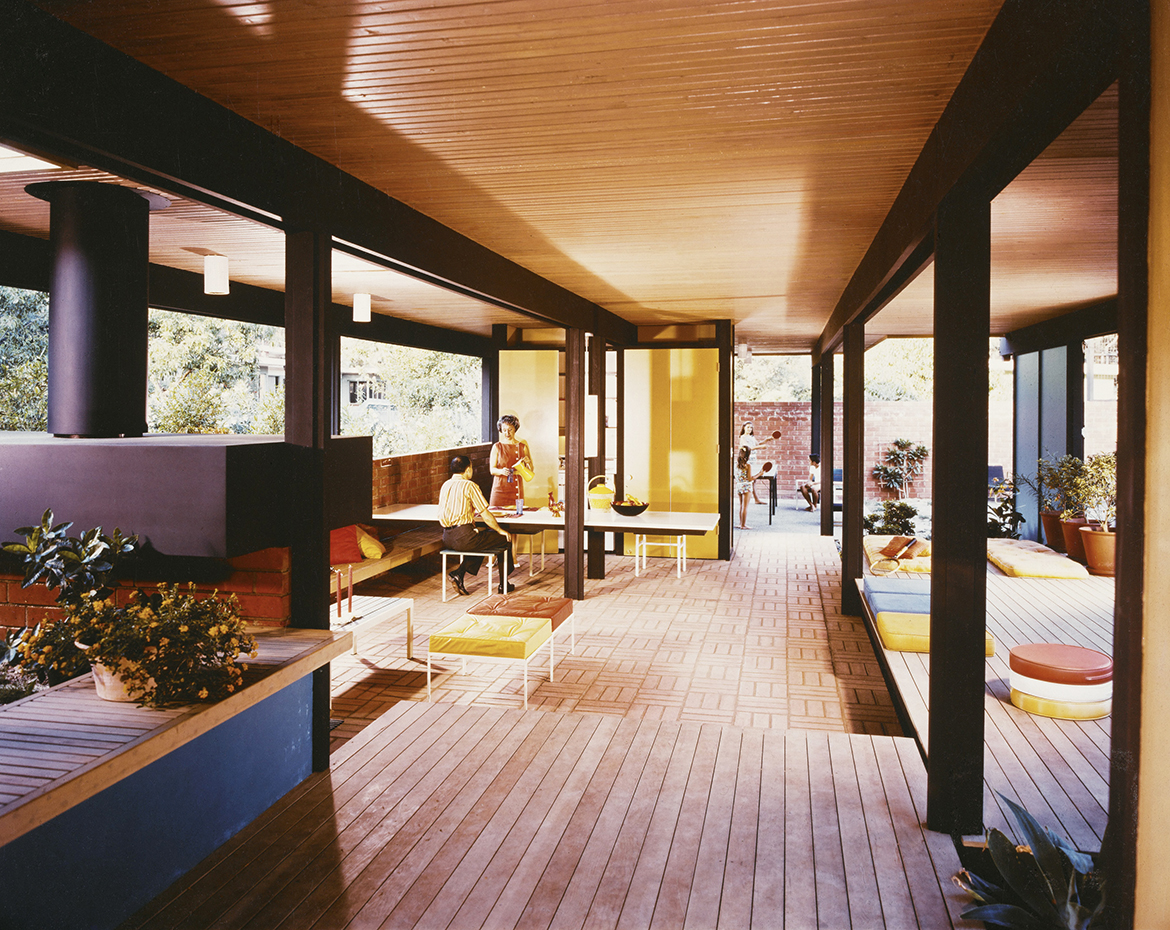
Mattel, Inc. ‘Barbie’s Dream House’ (interior) 1962
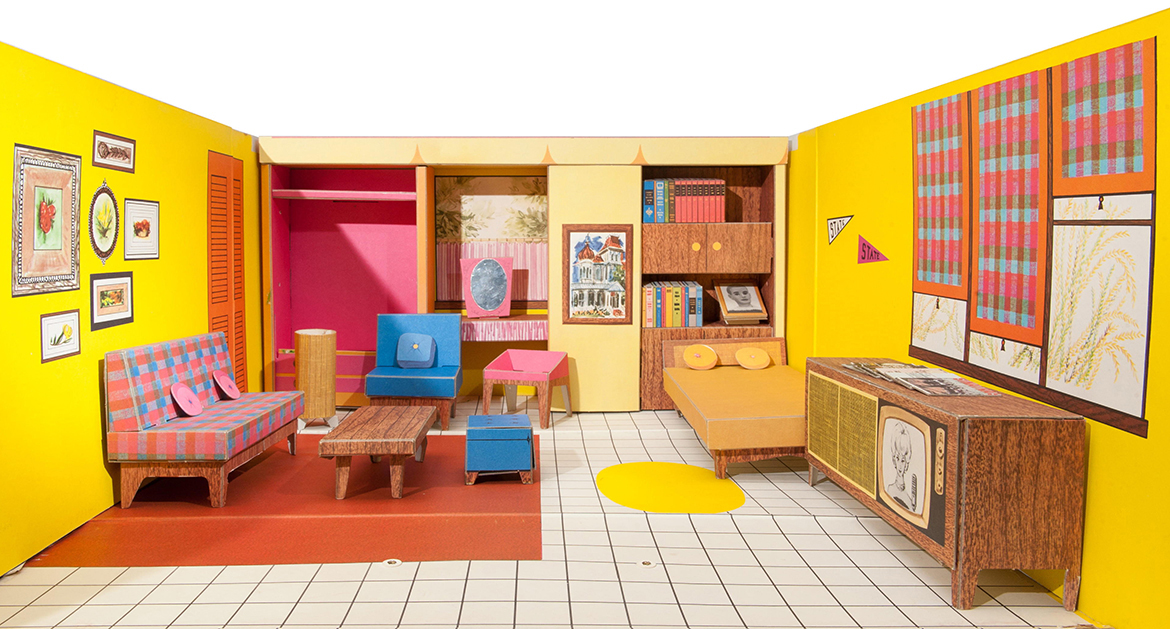
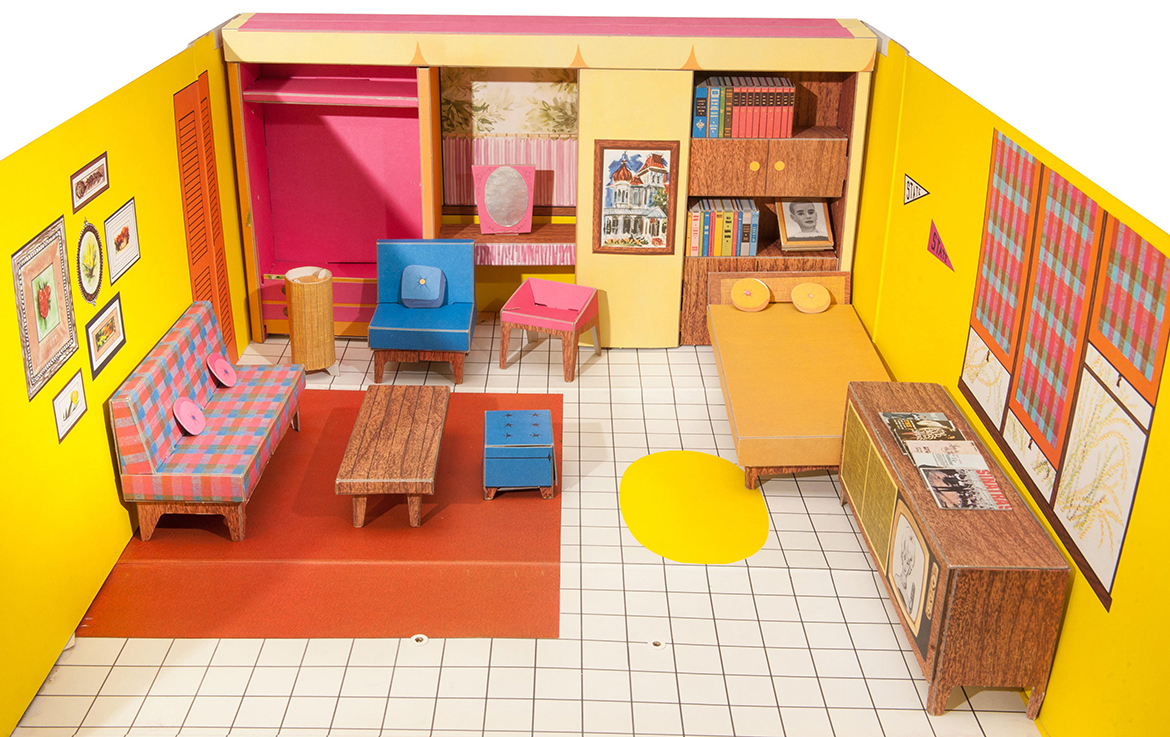
The 1962 Dream House is simple and functional. Its cardboard construction and compact size was made to be easily folded and carried by a handle. The box in which it comes transforms into the house itself: the lid unlatches at the top and two cardboard leaves fold out to form the floor and sides. It is remarkably modest, with a single room serving as both living and bedroom, and no kitchen or bathroom included. Despite the lack of amenities, there are homely touches, with books on shelves, a framed picture of Barbie’s relatively new boyfriend, Ken (illustrated) (who appeared on the scene in 1961), and a collection of records. All accessories are made of cardboard, and the accompanying furniture — much like today’s offerings from IKEA — would have been assembled at home by the owner.
Mattel, Inc. ‘Barbie’s Dream House’ (exterior) 1962
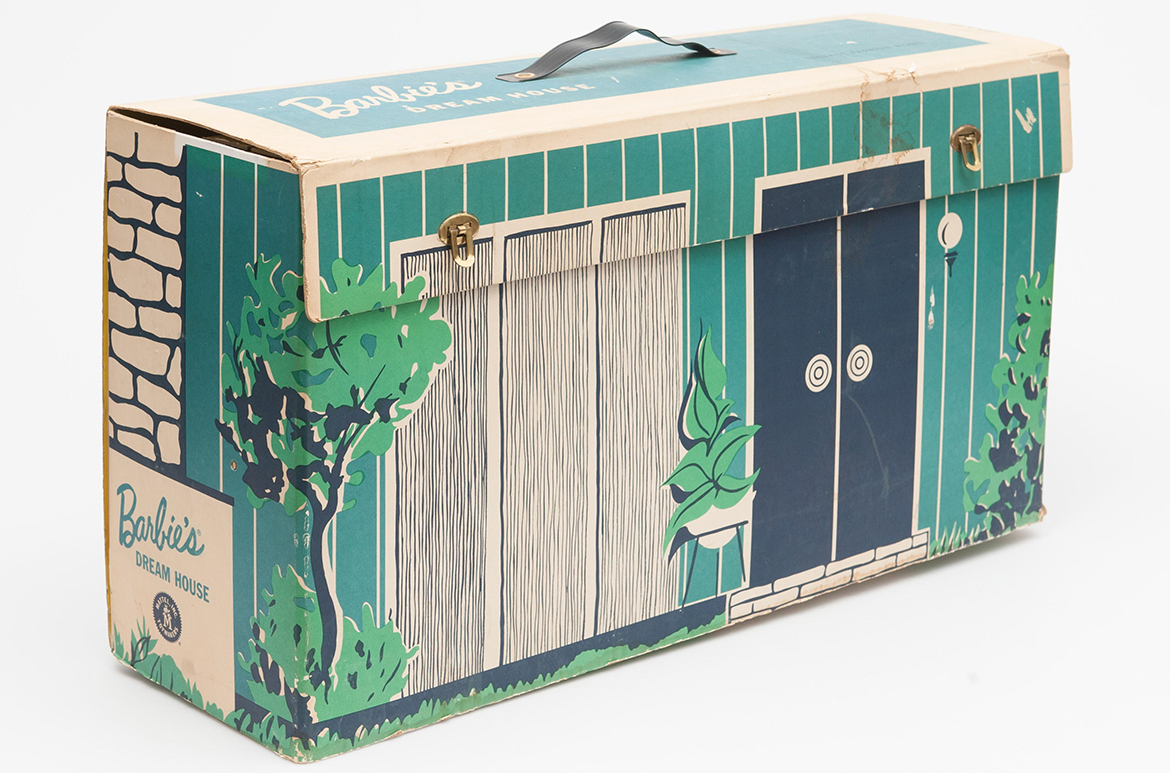
‘Barbie Teen Age Fashion Model’ (Barbie #1) 1959 & ‘Ken doll’ 1961
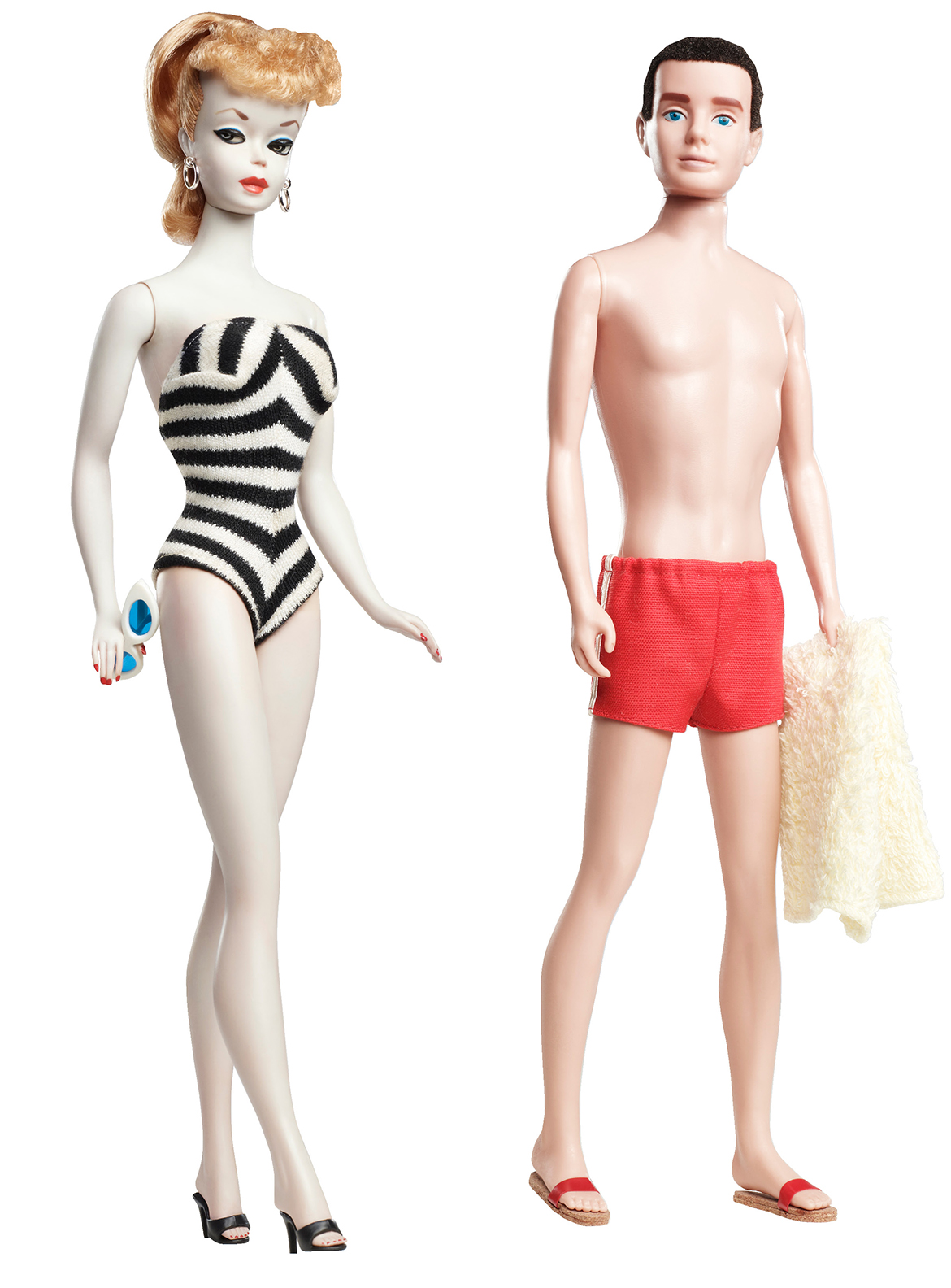
Mattel introduced the iconic Barbie doll in 1959, and it quickly became the company’s best-selling product and the world’s best-selling doll. Barbie was different from the traditional baby doll, as she was a teenager wearing a chic swimsuit. Her extensive wardrobe allowed young girls to act out their own dreams of a California life, with accessories including a comfortable but modern cardboard ‘Dream House’, complete with television and Scandinavian-inspired furnishings.
According to the Los Angeles Times’ Home magazine in 1951, the ‘California look’ was typified by ‘glowing color, originality of treatment and simplicity of design’.2 The sleek form and exterior detailing of the early Dream House is reminiscent of a bungalow or ranch-style dwelling and, together with its minimalist Scandinavian-inspired furniture and bright colours, is perfectly in keeping with this look. It provided children with an example of modern aspirations and a space in which to act out their dreams of the future.
Mattel Creations was founded in 1945 by Ruth and Elliot Handler, along with their friend, Harold Matson, and initially produced wooden picture frames and doll houses before going on to create musical toys.3 In 1959, Mattel Inc launched the ‘teen fashion model’ Barbie, named after the Handlers’ daughter, Barbara. The first Barbie wore a black-and-white swimsuit and cat’s eye sunglasses.4 In her debut year, she had 22 ensembles, and while some of these were domestically themed, most were glamorous and sophisticated. One of these outfits — titled ‘Suburban Shopper’ and produced from 1959–64 — is displayed with the Dream House (illustrated). The full-skirted blue-and-white cotton sundress came with a straw hat, a pearl necklace, a pink telephone and a straw bag filled with fruit.
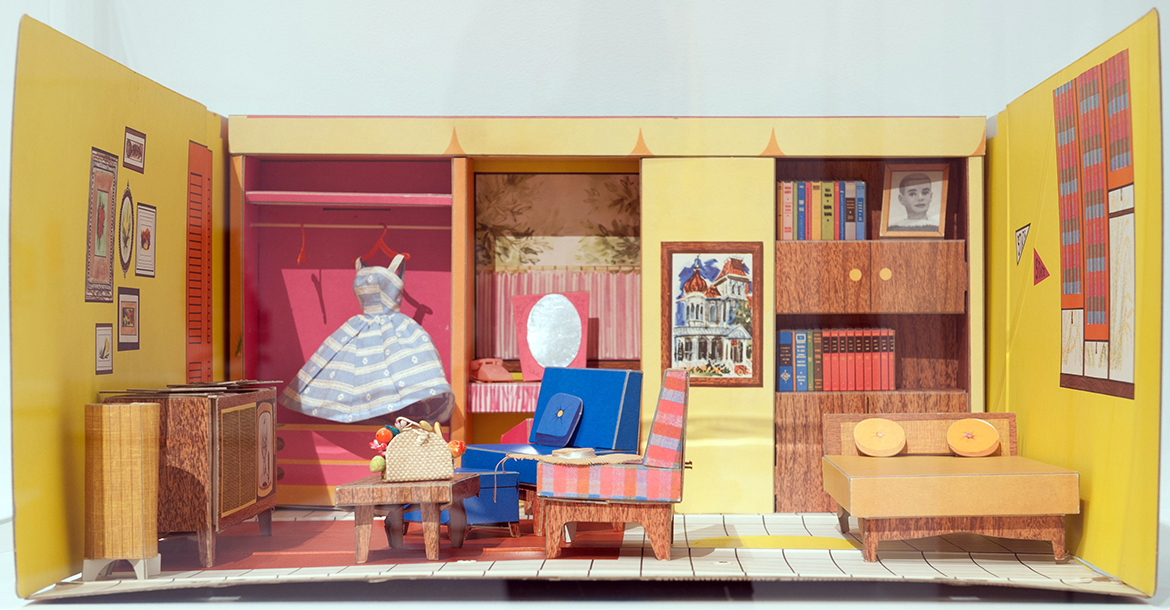
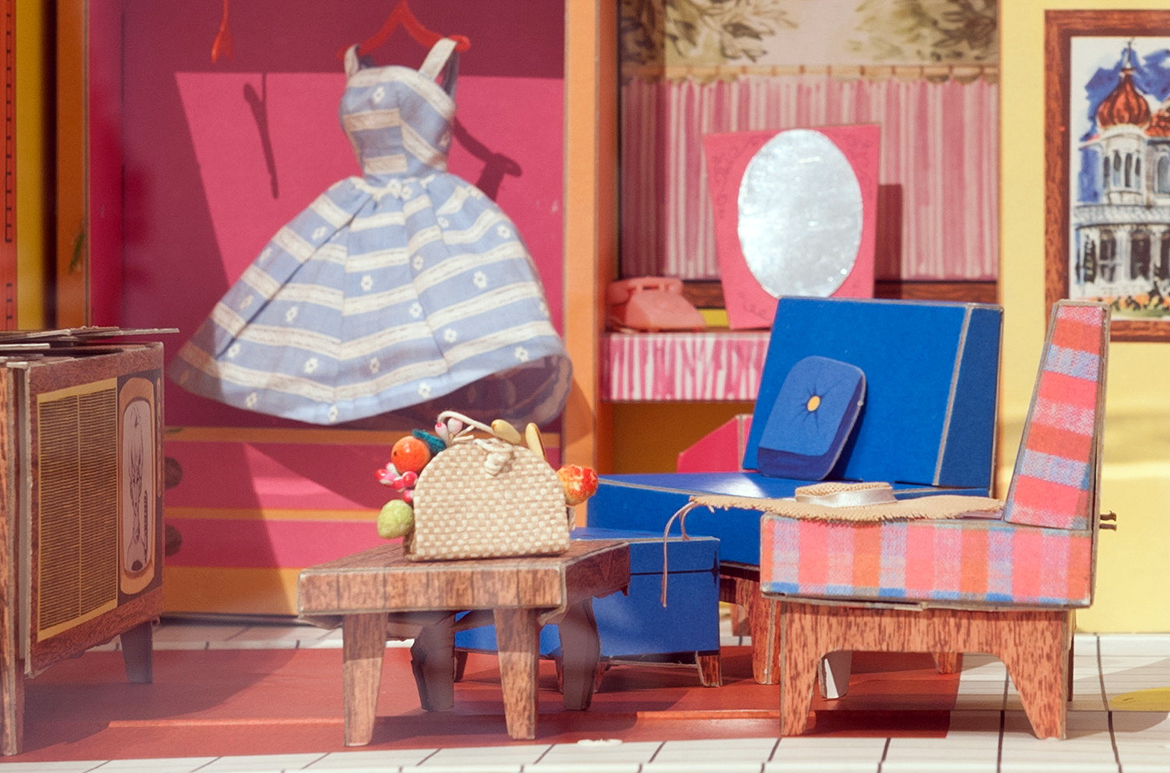
Barbie’s taste in fashion and architecture has changed considerably since the mid twentieth century. The house’s current incarnation is an elaborate, three-level townhouse complete with elevator, in her now signature pink. However, Barbie’s more humble beginnings, with the small but stylish and durable Dream House c. 1962, epitomise the modern Californian design that led to the manufacture of innovative and creative toys for children.
Laura Mudge is Senior Program Officer, Children’s Art Centre, QAGOMA
Endnotes
1 Juliet Kinchin, ‘Hide and seek: Remapping modern design and childhood’, in Century of the Child: Growing by Design 1900–2000 [exhibition catalogue], Museum of Modern Art, New York, 2012, p.12.
2 Wendy Kaplan, ‘Introduction’, Living in a Modern Way: California Design 1930–1965 [exhibition catalogue], Los Angeles County Museum of Art and MIT Press, Cambridge, Massachusetts, 2011, p.27, cited in Home Magazine, Los Angeles Times, 21 October 1951.
3 Bobbye Tigerman (ed.), ‘Mattel Inc.’, in A Handbook of California Design, 1930–1965: Craftspeople, Designers, Manufacturers, Los Angeles County Museum of Art and MIT Press Cambridge, Massachusetts, 2013, p.188.
4 The black-and-white swimsuit Barbie will be on display in the Gallery’s ‘California Design’ exhibition, along with Ken.
#QAGOMA
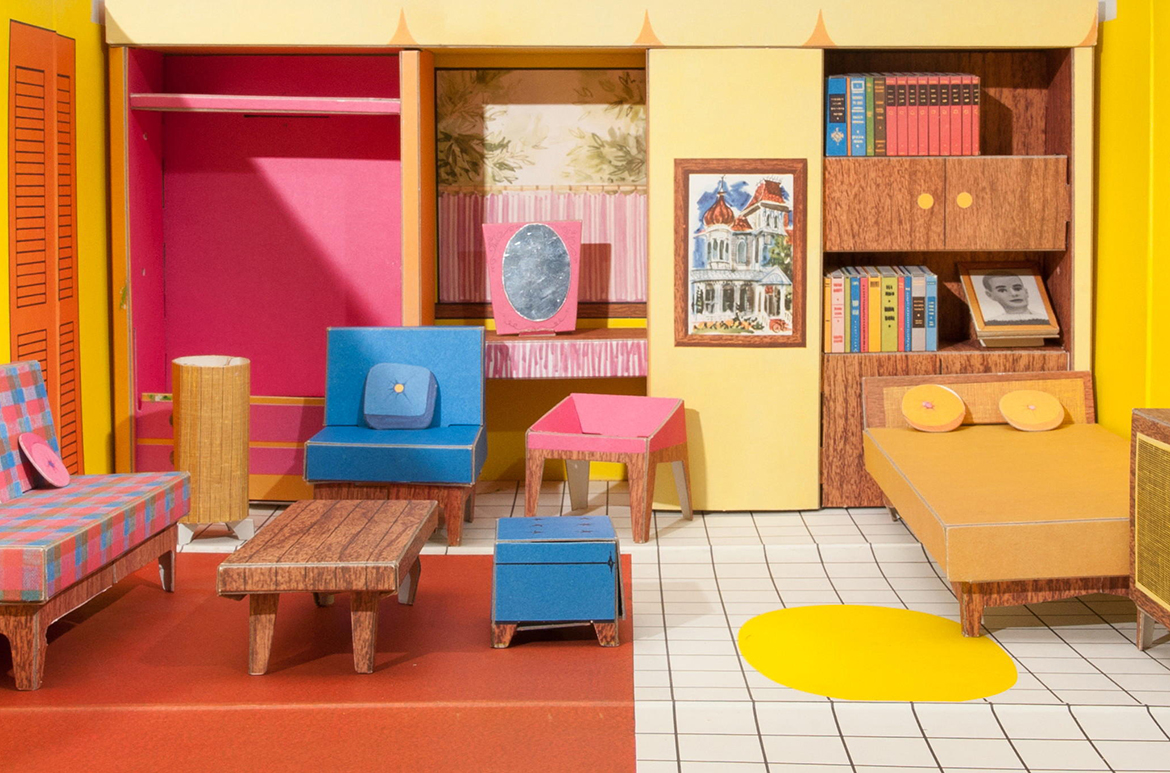
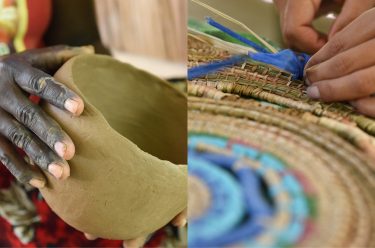
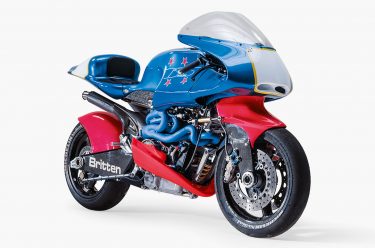
What’s the original Barbie dream house worth today ?
Hi Kevin, the value depends on if it is all original, the quality of external print and packaging and the internal furniture fitout and booklets. The current selection for sale on ebay will give you an idea. They are hard to find in pristine condition as you would expect after being played with. Regards QAGOMA